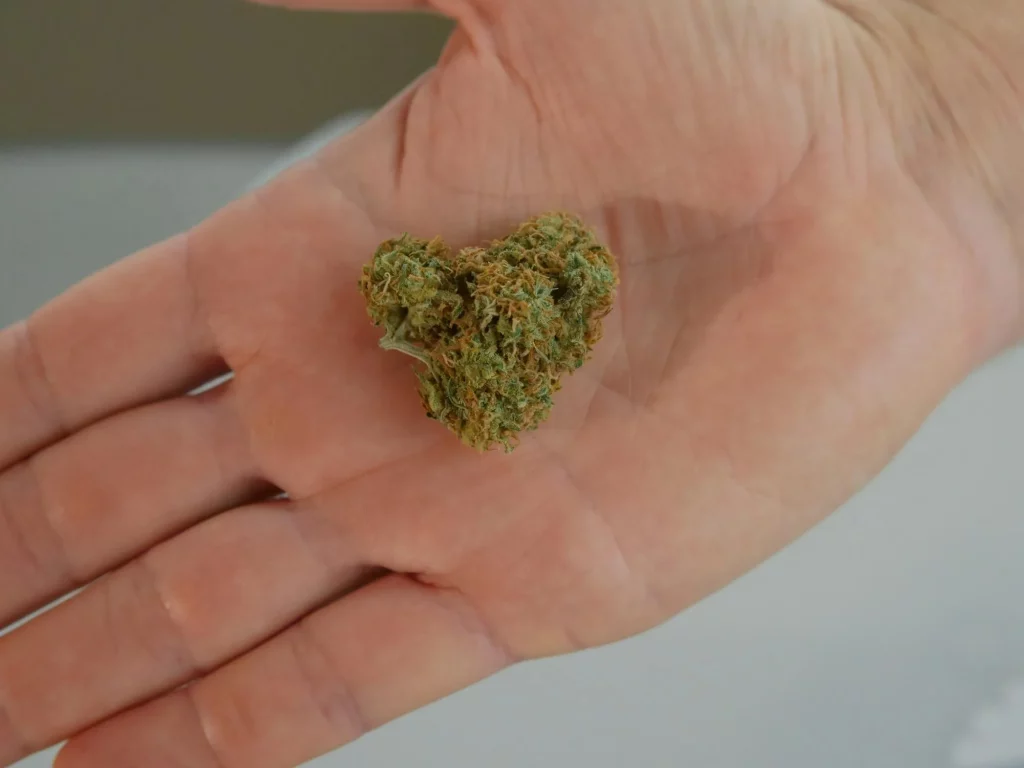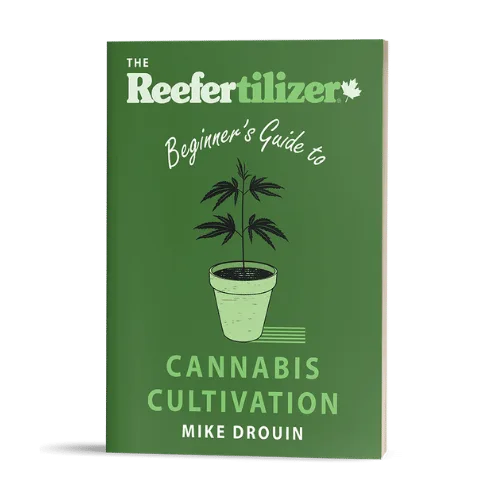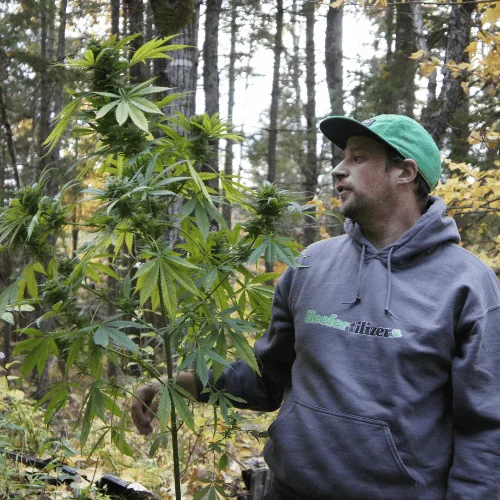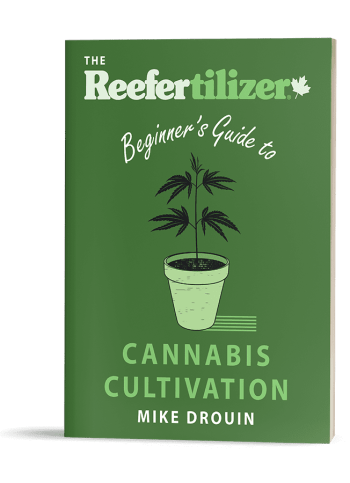Cannabis consumption is on the rise worldwide. A Frontiers Journal study states that approximately 15 million people ingest cannabis each year, according to the World Health Organization.
In this ever-evolving landscape of cannabis consumption, the spotlight has increasingly turned to the lesser-known cannabinoid THCA (tetrahydrocannabinolic acid). Found abundantly in raw cannabis, THCA holds immense promise as a therapeutic agent, offering a range of potential benefits.
In this article, we embark on a journey to explore the multifaceted world of tetrahydrocannabinolic acid flowers. We will uncover their origins, therapeutic properties, and methods for fully realizing their potential.

Origins and Properties of THCA Flower
THCA flower begins its journey as the precursor to THC, primarily found in the trichomes of raw cannabis buds. According to the Texas Weed Syndicate, tetrahydrocannabinolic acid is non-intoxicating, meaning it does not induce the psychoactive effects commonly associated with cannabis consumption.
In fact, raw THCA just offers holistic support through the endocannabinoid system. Tetrahydrocannabinolic acid offers a variety of potential therapeutic benefits, including anti-inflammatory, neuroprotective, and antiemetic properties. However, higher levels of THCA from the Sativa strains can still result in mind-high or mind-boosting effects.
On the other hand, Indica strains don’t have these effects. Instead, they have relaxing effects that help alleviate pain, increase appetite, and aid sleep. You can easily find both these strains of tetrahydrocannabinolic acid flower.
Many dispensaries and online retailers grow these plants indoors, meaning in a grow tent or a hydroponic farm. Therefore, these indoor-grown tetrahydrocannabinolic acid flowers are easily available across the US. You can look for THCA flower indoor grown indica or sativa dominant strains online and find a retailer near you.
Research into THCA’s pharmacological effects is still in its early stages, but preliminary studies have shown promising results. For example, research published in an NCBI article suggests tetrahydrocannabinolic acid may possess potent anti-inflammatory properties. This makes it a potential candidate for treating arthritis and inflammatory bowel disease.
Additionally, studies also show that it can be better than THC at reducing vomiting and nausea symptoms. The National Library of Medicine’s publication revealed that THCA given at 0.05/0.5 mg/kg may be more effective at reducing lithium chloride-based vomiting. The results were better than delta9-THC, which did not suppress vomiting and nausea at similar levels.
Cultivation Practices
Cultivating high-THCA flowers involves several key practices to ensure optimal growth and potency. Firstly, selecting the right strain is crucial. Varieties known for their high THCA content, such as certain chemovars of cannabis sativa or indica, provide a foundation for successful cultivation.
Next, creating an ideal growing environment is essential. This includes controlling temperature, humidity, light, and airflow. Maintaining consistent environmental conditions helps maximize plant health and tetrahydrocannabinolic acid production. Indoor cultivation allows for precise control over these variables, although outdoor cultivation can also be successful with careful attention to environmental management.
Proper nutrition is another vital aspect of cultivating high-THCA flowers. Providing the appropriate balance of macronutrients and micronutrients ensures that plants have the resources they need to thrive and produce cannabinoids effectively.
Organic fertilizers or nutrient solutions specifically formulated for cannabis can help support healthy growth and tetrahydrocannabinolic acid production. Colorado has been one of the states with high rates of cannabis production. According to Statista, Colorado produced 623 metric tons of cannabis in 2022.
Harvesting and Processing
Harvesting and processing tetrahydrocannabinolic acid flowers involves several steps to preserve the plant’s beneficial properties. The process typically begins with carefully timed harvesting to maximize the potency of the THCA content in the flowers.
Once the flowers are harvested, they undergo a meticulous drying process to remove excess moisture while maintaining the integrity of the cannabinoids. Proper drying conditions, including controlled temperature and humidity levels, are crucial to prevent mold and degradation of THCA.
After drying, the flowers are trimmed to remove excess leaves and stems, leaving behind the desirable buds rich in tetrahydrocannabinolic acid. This trimming process not only enhances the aesthetics of the final product but also improves its overall quality.
The THCA-rich buds are typically cured following trimming to further enhance their flavor, aroma, and potency. Curing involves storing the buds in a controlled environment with optimal temperature and humidity levels for a specified period. This allows for the gradual release of moisture and the development of desired terpenes.
Extraction Methods
Extracting THCA from cannabis flowers can be done through several methods, each with its advantages and considerations. Here are some common extraction methods:
Solvent Extraction (Ethanol, Butane, Propane)
- Ethanol extraction: Cannabis flowers are soaked in ethanol to dissolve THCA and other cannabinoids. The solution is then filtered and evaporated to remove the solvent, leaving behind a concentrated extract.
- Butane/propane extraction (Butane Hash Oil, BHO): Butane or propane is passed through a tube containing cannabis flowers, extracting tetrahydrocannabinolic acid and other cannabinoids. The resulting solution is then purged of the solvent, typically through a vacuum oven, leaving behind a concentrated oil.
- CO2 extraction: Although primarily used for extracting THC or CBD, CO2 extraction can also extract THCA. CO2 in a supercritical state is passed through cannabis flowers, dissolving tetrahydrocannabinolic acid and other cannabinoids. The CO2 is then evaporated, leaving behind a concentrated extract.
Rosin Pressing
Rosin pressing involves applying heat and pressure to cannabis flowers, kief, or hash to extract THCA and other cannabinoids. This method doesn’t require solvents, making it popular among those seeking solventless extracts. However, it typically yields smaller quantities compared to solvent-based methods.
Ice Water Hash Extraction
This method involves agitating cannabis flowers or trimming in ice-cold water to separate trichomes containing tetrahydrocannabinolic acid and other cannabinoids from the plant material. The resulting mixture is filtered through mesh bags.
The trichomes are collected and dried to produce an ice water hash or bubble hash concentrate. An NCBI article states that in the water extraction method, the yield has 50-70% THC levels.
Dry Sieve Extraction
Similar to ice water hash extraction, dry sieve extraction involves mechanically separating trichomes from cannabis flowers using screens or mesh. The flowers are gently agitated over the screens, causing the trichomes to fall through and collect below. The collected material is then pressed to form a concentrate.
Fractional Distillation
This method involves heating a mixture of cannabinoids, including THCA, to their boiling points. The vapor is then condensed to separate them based on their boiling points. Fractional distillation can produce highly pure tetrahydrocannabinolic acid extracts but requires specialized equipment and expertise.
Ultrasonic Extraction
Ultrasonic extraction involves using ultrasonic waves to break down cell walls and extract compounds from plant material. Depending on the specific process, this method can be used with solvents or without. Ultrasonic extraction is efficient and can be used for various extractions, including THCA.
Learn to Grow Better Weed
Download our free guide to growing amazing cannabis at home.
Click Here For More Info
Frequently Asked Questions
What Is a THCA Flower?
THCA flower refers to cannabis buds that contain high levels of tetrahydrocannabinolic acid. tetrahydrocannabinolic acid is a non-intoxicating cannabinoid found in raw cannabis that converts to THC when heated. THCA flowers are typically cultivated using specific strains bred for their high tetrahydrocannabinolic acid content and are harvested before the conversion occurs.
What Is the Extraction of THCA?
The extraction of THCA involves separating the cannabinoid from the cannabis plant material to create a concentrated form of tetrahydrocannabinolic acid. This process usually employs solvent-based extraction methods, such as using ethanol or CO2 to dissolve the THCA from the plant material. After extraction, the solvent is removed, leaving a potent tetrahydrocannabinolic acid extract that can be used in products like tinctures, edibles, or topicals.
What Is the Benefit of THCA?
THCA offers a range of potential benefits, although research is ongoing to understand its therapeutic properties fully. Some reported benefits of tetrahydrocannabinolic acid include anti-inflammatory, neuroprotective, and antiemetic effects. Additionally, THCA is non-psychoactive, meaning it doesn’t produce the intoxicating effects commonly associated with THC. This makes it appealing to individuals seeking the potential health benefits of cannabis without the euphoric high.
To sum up, from its humble origins as a precursor to THC, THCA flower has emerged as a potent therapeutic agent with vast potential. By exploring various consumption methods and extraction techniques, individuals can maximize the benefits of tetrahydrocannabinolic acid. They can unlock its healing properties without experiencing psychoactive effects.
As research continues to advance and regulatory frameworks evolve, THCA flower stands poised to revolutionize the landscape of cannabis consumption. It offers a natural and effective solution for various health conditions.
If you want to learn even more about growing good cannabis, we offer a free 40+ page guide full of images.
Now available on Amazon.
Sign up for our newsletter and download the digital copy today!

This guide will answer many questions about growing cannabis, like the following...
Selecting Seeds
Identify and Correct Problems
Maximize Yield
Much More...
Get a Chance to INSTANTLY WIN a Reefertilizer Nutrient Kit When You Sign Up.

Mike Drouin is the co-founder of Reefertilizer. He’s an experienced craft cannabis grower and a writer of many articles regarding the process. Mike lives on Vancouver Island and enjoys cycling and camping and will sometimes combine the two.

